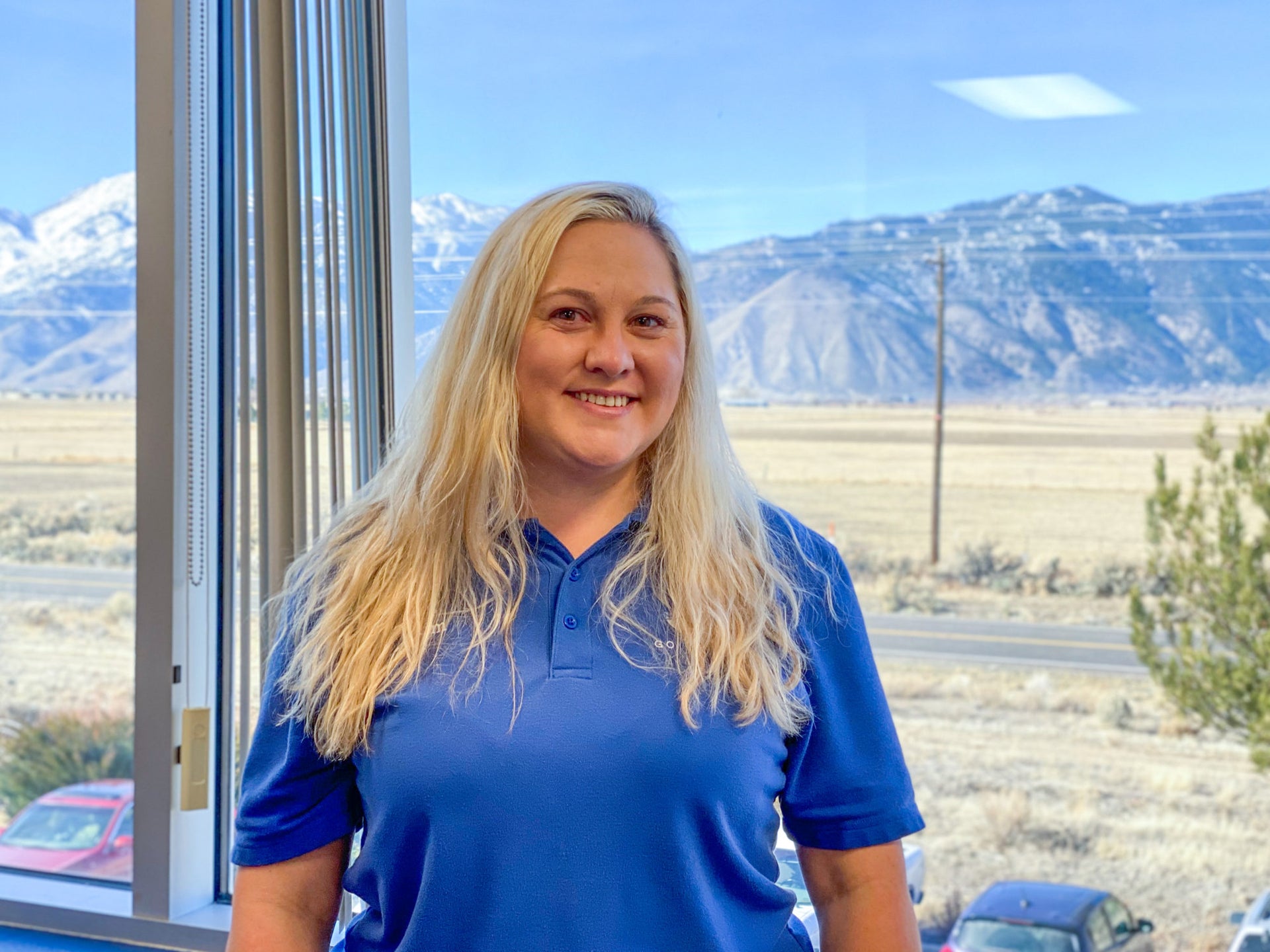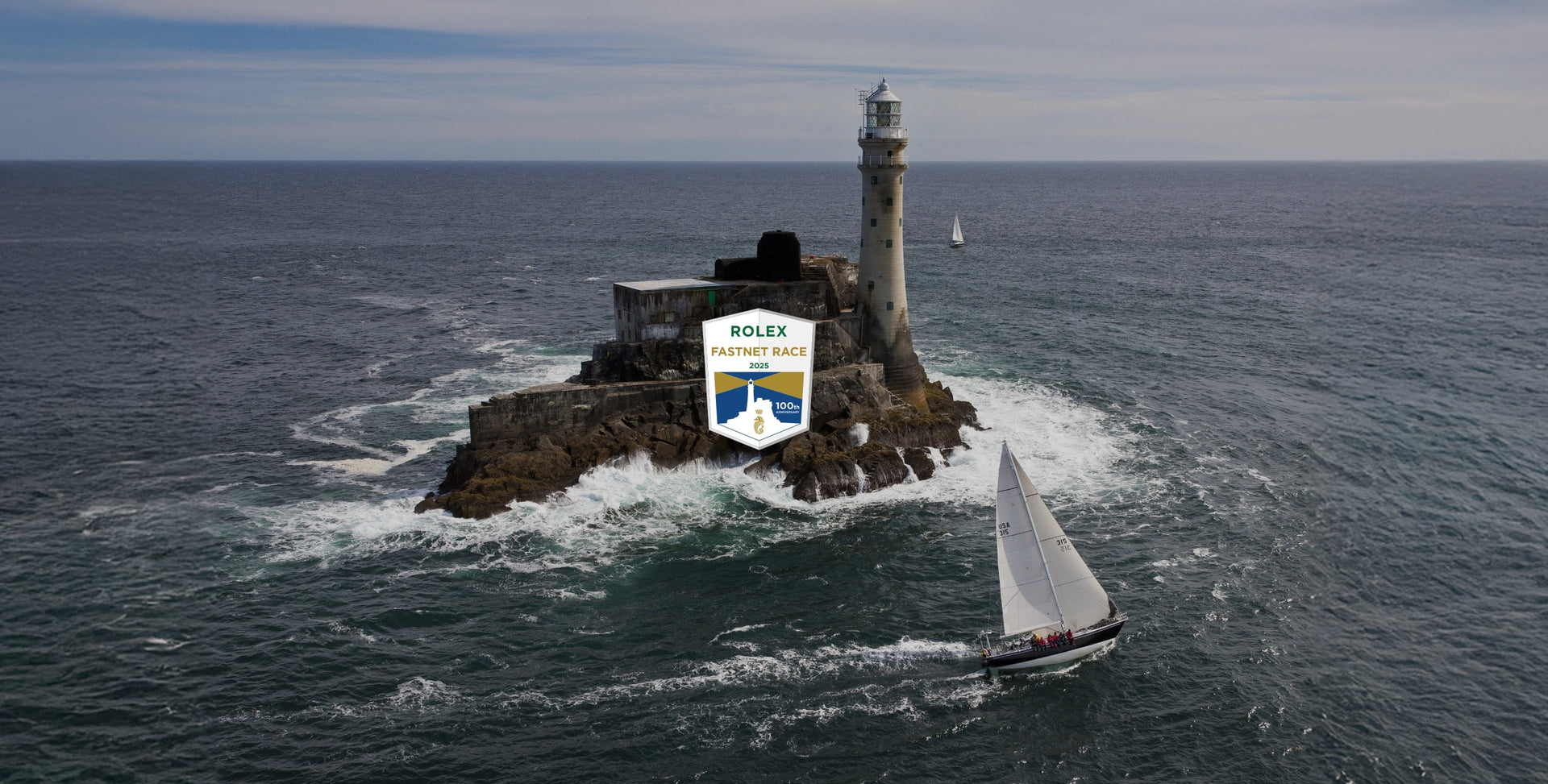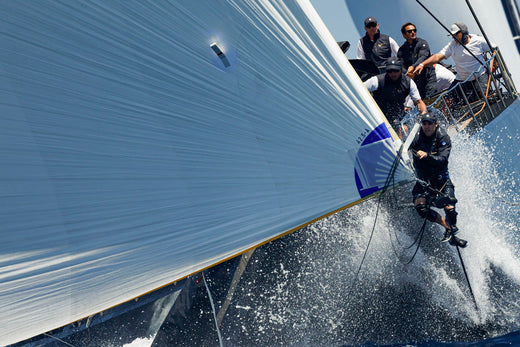KIM DEPUTY: FILE PROCESSING
INTERNATIONAL WOMEN’S DAY AT NORTH SAILS
Introducing Kim Deputy: File Processing

In celebration of International Women’s Day, we dove into the brains behind the molding software to see what the role of file processing entails. We are proud to introduce Kimberley Deputy, who brings the sails from designs on the computer to life for North Sails customers.
Deputy is a File Processor at North Sails in Minden, NV, and March 31st marks her 17th year with North Sails. Throughout Deputy’s tenure with the company, her role has evolved along with the technology, and she now plays a major part in the production of 3Di sails worldwide.
In her role as File Processor, Deputy receives incoming sail design files and prepares them for 3Di build process. She works closely with the North design team to address any issues before the design is processed and built, utilizing proprietary software that produces sail production packages. Deputy is responsible for any adjustments made before the design files are finalized, and the sail enters production.

Before Deputy’s role focused on file processing, she gained experience by working in other areas of the facility, which helped her develop an understanding of the entire 3Di production process. “I found sailmaking to be a unique process, and I was interested in learning more. I wanted to gain more experience, so I inquired about the file processing position; I am very pleased to be given that opportunity.”
Kim gives thanks to 3D General Manager Per Andersson, for his guidance. “He’s not only helped me to learn more; he’s given me opportunities to grow within the company. “Production Manager Brian Loshbough has also been a great supporter and facilitated my transition into file processing, which has
Kim’s typical day consists of receiving sail designs and prepping their various file types for production. She does this using our North Design Suite™ (NDS) and a program called WARPS™. To begin, Kim applies a designer defined sail shape to a virtual mold (one of the large, wing-like structures used in the manufacturing process) in NDS, making sure everything is fair and fits appropriately. Next, she takes that same sail shape and runs it through Warps, telling it which product and associated options to apply: Tier (760, 780, 870, etc.), Exterior, (RAW vs. Endurance), DPI (amount of tape), Furl Style (different patch shapes). Using these inputs, Warps then associates the sail shape with its new tape “layout.”

This layout defines the types of tape applied and the precise location and orientation. Taping machines, or “Tape Heads,” can read the files produced, and then use them to lay the actual tapes on the floor. Once taped, they are then laid onto the physical molds by the films team that corresponds to the mold file that Kim set up previously, then vacuumed sealed and consolidated using the IR heat lamp.
Kim translates sail design data into software language the 3D molds can understand. She inspects every detail of the design and how it’s applied to the mold. “It’s important to test things out before they make it to the mold to make sure the mold can create the file as the designer has requested.”
“Kim is a design expert in her own right. She can weed out what would likely have been a serious mistake before it hits production. – Per Andersson, 3D General Manager
Sometimes file processing can be tricky, requiring rework or redesign when the original design does not relate to the mold correctly. “It’s not always easy for the sail designers either, but it’s my job to explain what needs to change to them, so the sail designer can adjust the design to make it work with our programs and our molds; making sure things run smoothly is how we avoid issues later on.”

Overall her job can be complicated, she says. “The hardest thing is training someone new on how to shape the sail on the molds.” While Kim says it’s frustrating at times, she understands these details are an essential part of her job. “The ability to do a job correctly will set an employee up for success and growth within the company.”
Because Kim is involved in the pre-molding stages, watching it all come together on the production floor gives her the most satisfaction. “Sometimes, I get the chance to help drape the sails on the molds. That makes me feel like I am part of the process from start to finish.”
Although Kim’s on-the-water sailing experience is limited, she does have a good idea of what it’s like. One of her favorite memories was when Minden employees had the opportunity to travel to San Francisco to watch the America’s Cup World Series in October of 2012. Kim was also sent to Sri Lanka in 2018 to help align the 3D teams with up to date software. “How the sails are built is very special, and I enjoy all aspects of working here.”
What makes the Minden manufacturing facility a great one? “Our sails are a lot stronger and last longer than basic sail technology,” says Kim.
“The materials we use improve the overall product; that’s what makes 3Di so special. We take pride in what we build, and that is because we want to provide our clients with the best options in sail technology.”










